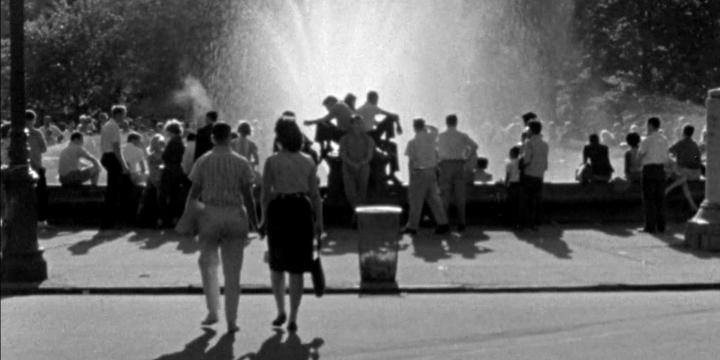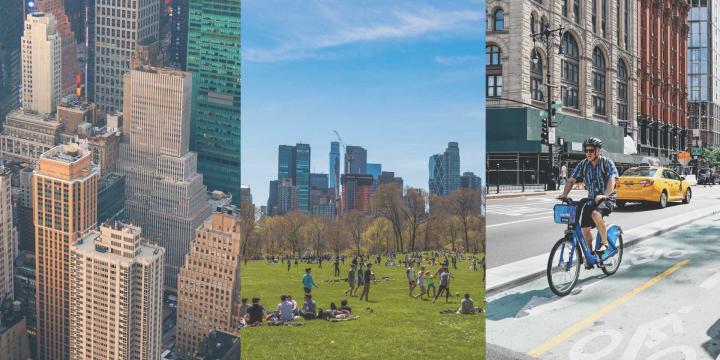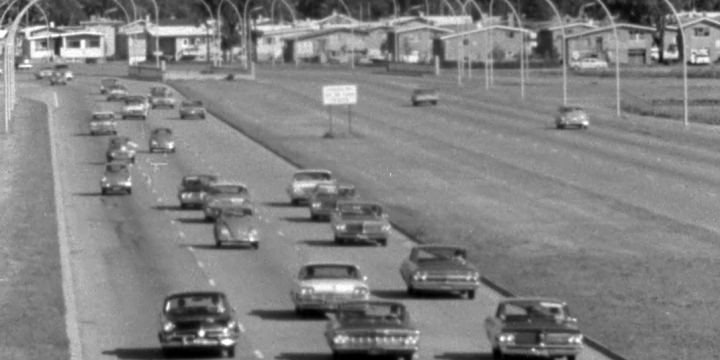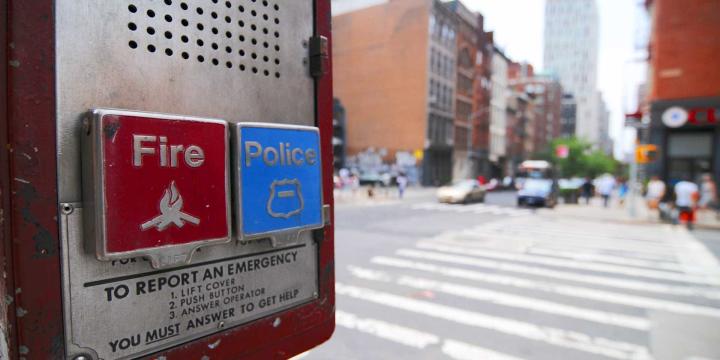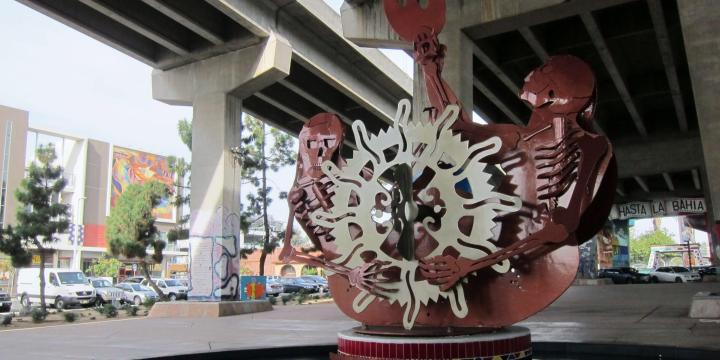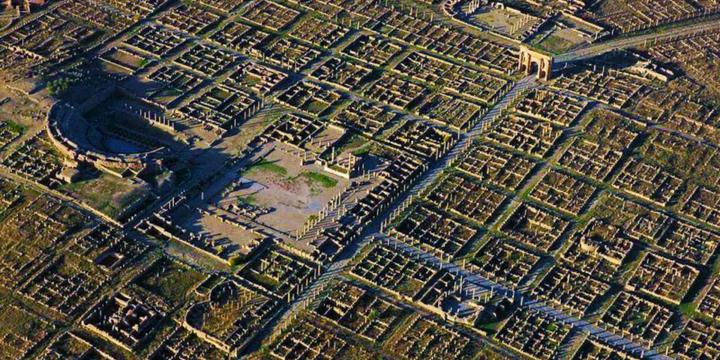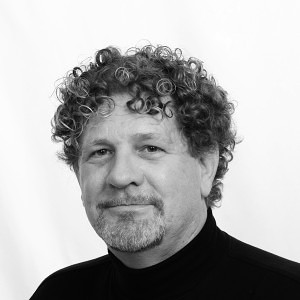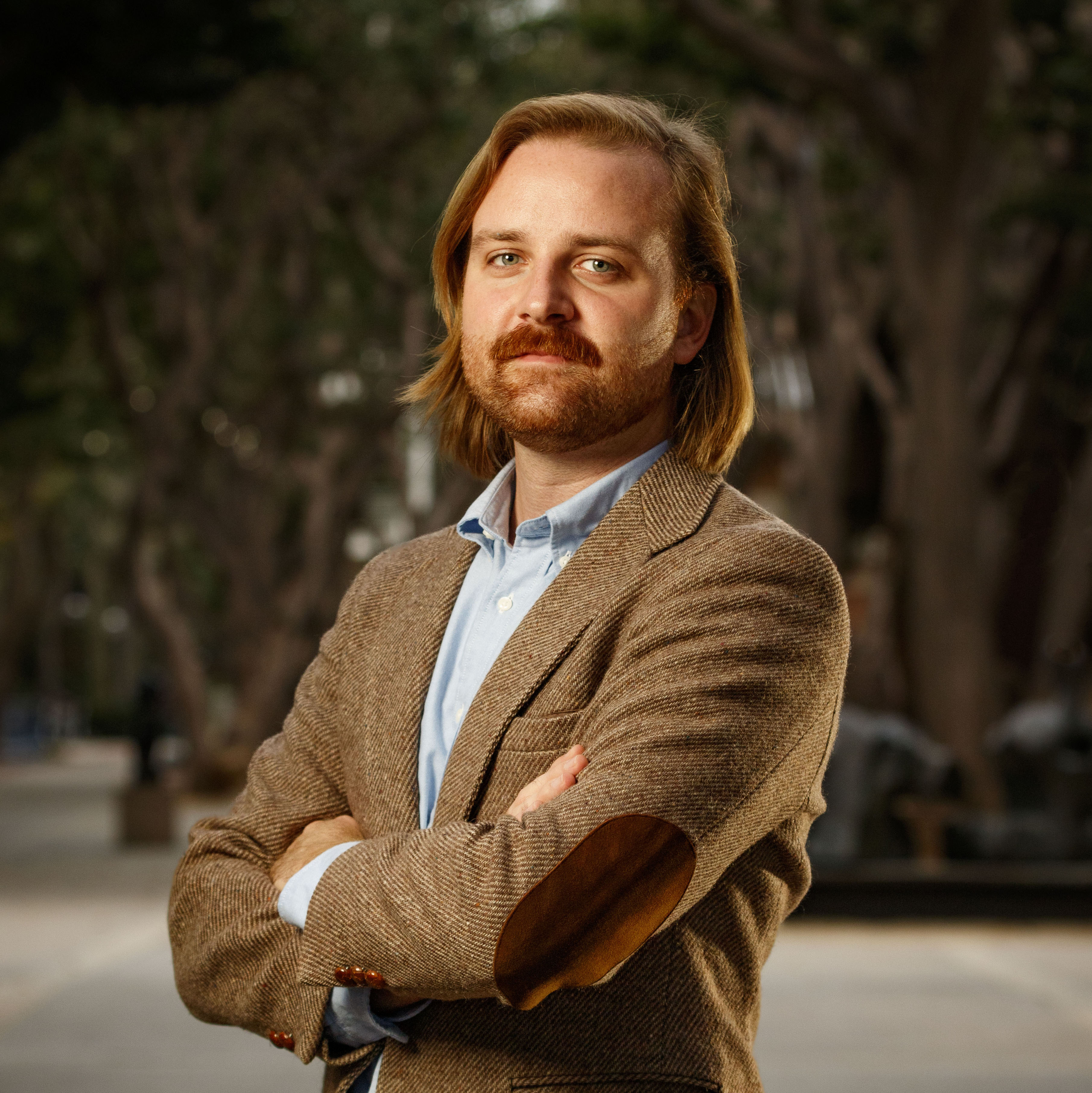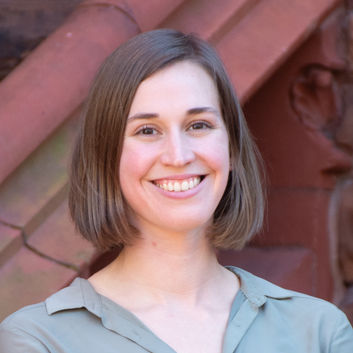All History Courses
Design for Peace and Democracy
Explore how our designed environments can promote and support peace and democracy using historic examples of how the built environment – including parks, squares and streets – can be an instrument of oppression and serve as forums for both tyranny and uprising. We’ll return to the U.S. for stories closer to home, and frame the future in hope and optimism.
Roadways for People, Part 1
Using Portland's I-5 Rose Quarter Improvement Project as a central case study, Lynn Peterson and co-instructor Elizabeth Doerr explore why and how we need a more inclusive, people-centered transportation planning process.
Landscape Design for Social Sustainability, Part 1
Discover how and why the built environment succeeds or fails at supporting thriving, diverse communities, and how designers can create mechanisms that allow communities to enjoy and improve their environments to suit their needs and desires.
Arbitrary Lines: How Zoning Broke the American City and How to Fix it
Nolan Gray presents the complex history of zoning regulation, showing how major legislative decisions led to the country's current state of car reliance, sprawl, and inequity. Now, zoning reform is in the air. But why stop at mere reform?
History of U.S. Landscape Architecture, Part 1
Kristin Faurest explores the history of the profession of landscape architecture from its origins through the 1960s, providing a vibrant global context of how humankind has shaped its landscape over the ages.
Planning Commissioner Training
The new "Planning Commissioner Training" series offers citizen planners a chance to learn the tools to make a positive impact in their communities (available as a separate subscription).
Crime Prevention Through Environmental Design
This course discusses crime as an environmental justice issue and reviews techniques that successfully reduce crime and make communities safer and healthier through Crime Prevention Through Environmental Design (CPTED) theory.
Crime and Urban Planning in the United States
The spatial patterns and environmental characteristics of urban crime offer planners an opportunity to contribute to building crime-resilient communities.
The Theory and Practice of Culture and Placemaking
Learn about the complex issues at play in the interaction between culture and place: the urbanization process, the historical significance of tools used by urban planners, early American urban theories, and the power of social movements.
Introduction to Culture and Placemaking
Explore the urban theories that have prepared urbanists and planners alike to recognize culture and embrace of diversity as significant mechanisms for shaping the city and the fate of urban landscapes.
Women and Cities 3: Gender Equity in Private Life
This course explores interiors as they relate to gender equity using several case studies as examples.
Women and Cities: Gender Equity, Past and Present
Investigate the meaning of “feminist city planning” by exploring how women have impacted cities past and present and imagining what a women-led city would look like from a variety of perspectives—both bottom-up and top-down.
A Brief History of Immigration and Planning
This course discusses the relationship among immigration, space, and planning, providing an overview of key figures, dates, and events related to immigration policies and practices in this country.
Race, Space, and Planning
This course discusses the relationship among race, space and planning, providing an overview of key dates and events relating to systemic racism in the United States.
Planning for Racial Equity
This course introduces the concept of racial equity analysis in land use planning, the motives and rationales behind such analyses, and provides guidance for conducting analysis and review.
Housing and Racial Justice: Current Events Urban Resilience
This course, "Housing and Racial Justice: Current Events Urban Resilience," presents a TICCO Virtual Conference Event, hosted with support from Island Press in September 2020.
U.S. City Planning 101
This course is for viewers without a background or education in city planning who would like to know more about the profession, such as community members, stakeholders in planning processes, staff in planning offices, and other planning-adjacent individuals.
Introduction to Historic Preservation
This course will introduce planners to the basics of historic preservation including the beginning of the historic preservation movement, the legal precedent for preservation, and the theories that determine how preservation occurs. This course will use case studies to further illustrate the topics discussed.
Lewis Mumford on the City 6: The City and the Future
This short documentary film is the sixth and final installment of a series hosted by Lewis Mumford, an American historian, sociologist, philosopher, and literary critic, whose studies in the 20th century included attention to cities and architecture that persists in influence into the present day.
Lewis Mumford on the City 5: The City as Man's Home
In this fifth episode of the series, Mumford begins his exploration of the city during a period of rapid transformation during the Industrial Revolution, when old cities grew quickly, new cities sprang up in the countryside, and the wealthy fled to the countryside, neglecting the health and prosperity of those who stayed behind.
Lewis Mumford on the City 4: The Heart of the City
The "Heart of the City" advocates for the compact, historic centers of cities as places of adventure and culture, which, Mumford warns, are in danger of vanishing. For context and historical perspective, Mumford traces the evolution of cities from the Medieval cities showcased in the third part of the film series, to the Baroque Age, which were shaped by a preoccupation with power and order, and into the 19th century, when commercial forces began to carve up cities in a trend that reached its highest pitch with the massive skyscrapers of the 20th century



